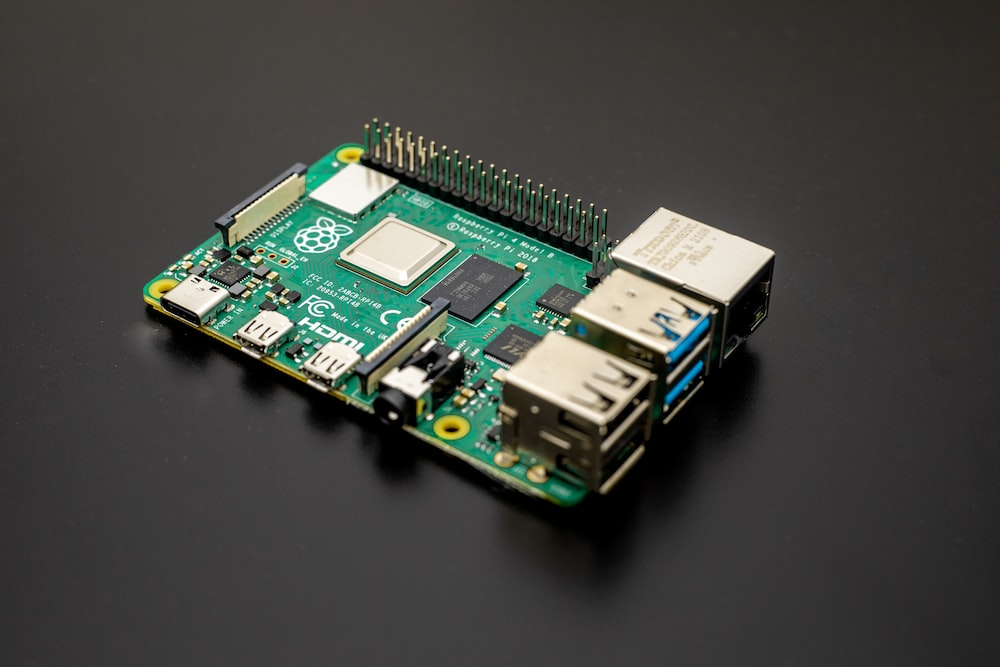Using a Raspberry Pi to Store Environmental Data on the Ethereum Blockchain

Environmental data is critical for understanding the impact of human activities on our planet. However, the accuracy and reliability of this data are often questioned due to the lack of transparency in the data collection process. Blockchain technology can help address this issue by providing a tamper-proof and transparent way of storing environmental data. In this blog post, we will explore how to use a Raspberry Pi to collect environmental data and store it on the Ethereum blockchain. Use Case: Suppose you are an environmental scientist studying the impact of air pollution on a particular region. You want to collect data on the concentration of various pollutants in the air and store it in a way that is transparent and tamper-proof. You decide to use a Raspberry Pi to collect the data and store it on the Ethereum blockchain. Hardware Requirements: Raspberry Pi: A small, low-cost computer that can run Linux-based operating systems Sensors: Sensors to measure air pollution such as carb...


